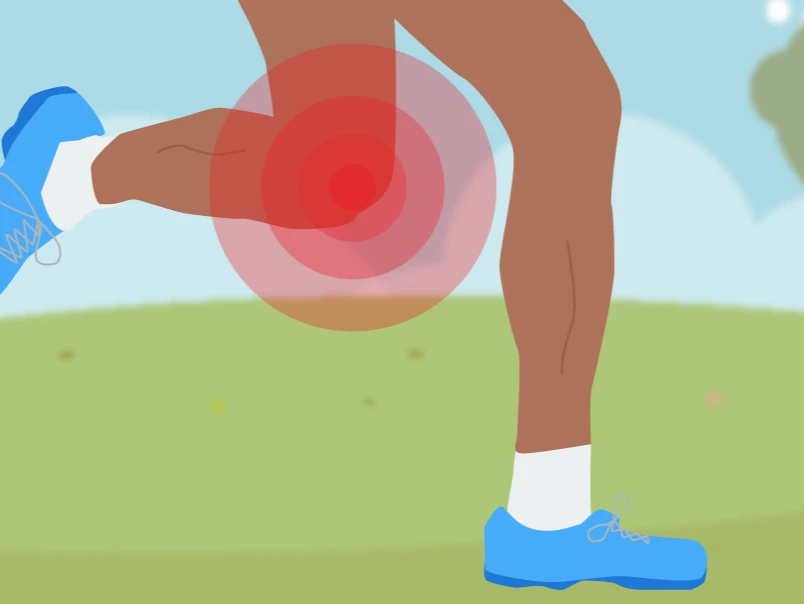Total Joint Replacement: Statistics for Post Surgery and Rehabilitation
January 13, 2016
3 min. read

Did you know that 500,000 total knee replacements are performed in the USA annually?1Knee replacements are expected to rise to 3 million by 2030.2
Pain and function pre- and post-surgery
When surveyed, total knee replacement patients rate their satisfaction as very high when inquired about pain differences pre- and post-surgery. In contrast to the self reported outcomes, functional performance measures (e.g. the timed stair-climbing or walking test) depict only modest improvements following total knee arthroplasty (TKA).3TKA reduces pain and improves health-related quality of life in 90% of patients.4 However, when asked about function, these same patients rate their satisfaction very low one year post knee replacement.5,6
Pain and function post surgery compared to non-TKA individuals
The goals of total knee arthroplasty are to decrease pain, improve functional mobility such as walking and stair climbing and promote return to physical activity. It is well established that TKA reduces pain post surgery; however, 30% of patients report dissatisfaction in their physical abilities oneyear following the surgery.5
Some staggering statistics:
One year after post-op, TKA patients walk 18% slower, climb stairs 51% slower, and have quadriceps deficits of nearly 40% compared totheir age-matched non-TKA counterparts.6,7
Approximately 75% of TKA patients report difficulty negotiating stairs.6
24% of total knee patients fall in the first year.8
Yet,only 26% of TKA patients are referred to outpatient rehabilitation following total knee arthroplasty.9
Based on the information above, we must critically examine and re-think todays rehabilitation programs for TKA. Failure to do so can definitely impede the recoveryof the TKA patients long-term functional abilities.
Rehabilitation for total joint replacement patients
In anticipation of the Medicare bundling of reimbursement payment system, it will be imperative for the rehabilitation clinician to offer value over volume. It is my personal goal and passion to investigate and study functional exercises designed for the joint replacement patient. I have recently been cited in a research paper for the development of an exercise that can assist in the total knee patient facilitating a faster return to normal gait pattern.10
My next challenge will be to look at the total hip patient, specifically my "Gait Assistive Exercises," from my Medbridge Joint Replacement course (see the video below). The set of exercises presented will be a game changer in your rehabilitation of todays joint replacement patient and thus separate you and your facility fromthe competition. This will be imperative with the future of joint replacement rehab, specifically the bundling payment system that rewards facilities and hospital systems that demonstrate outcomes exceeding the benchmarks.
Below, John O'Halloran discusses one of the gait assistive exercises in a short video from his course, Current Concepts in Joint Replacement.






